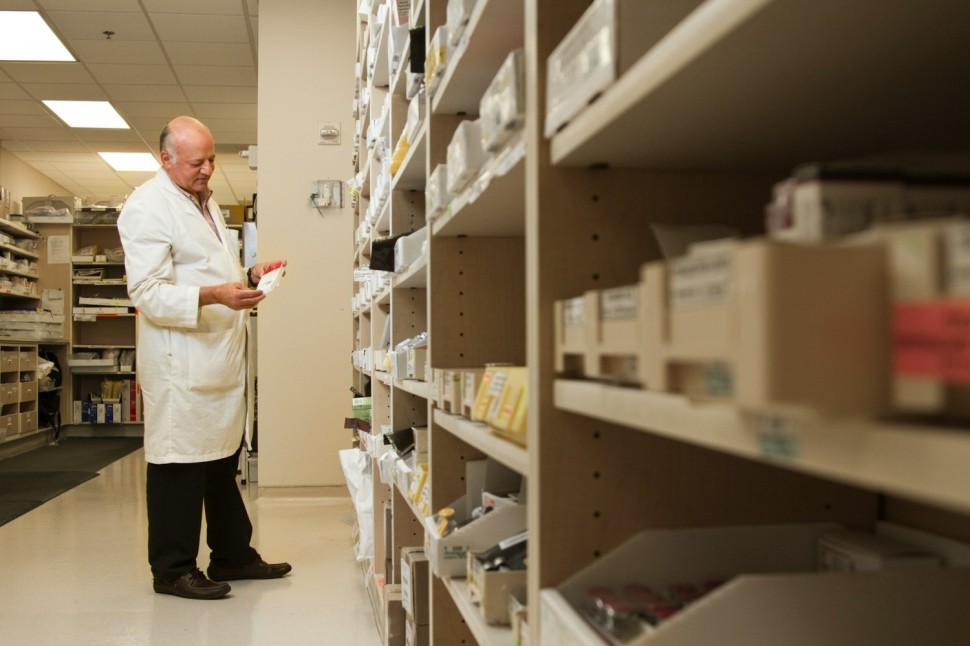The United States Department of Health and Human Services announced that Medicare is lowering the cost of prescription drugs for its beneficiaries.
This initiative, which comes from the 2022 Inflation Reduction Act, aims to mitigate inflation effects and reduce the federal budget deficit. It also seeks to lower prescription drug prices and invest in clean energy, which would benefit Medicare Part B users.

How Are Medicare Users Benefiting?
Starting April 1st, 2023, Medicare Part B users will receive financial relief on their prescription medication costs. This entails possible savings for beneficiaries, reaching up to $3,500 and applying to certain medicines.
The initiative is part of a larger effort to regulate the rising healthcare costs and prevent Americans from overpaying. Other countries pay less for prescription drugs.
The rebate program shows the administration's resolve to cut healthcare spending. In a statement, Sec. Xavier Becerra of Health and Human Services stressed that the current situation is unfair. Americans are paying much more for drugs, while identical medications are cheaper in other countries. This, he says, is unwarranted.
What Medications Are Covered?
This rebate rolls out across an initial list of 41 prescription drugs, where beneficiaries could see a rebate between $1 and $3,575 per dose. The divergent range of refunds corresponds with the recipients' varied Medicare coverages, encompassing four parts. The list relieves approximately 763,700 Medicare users requiring at least one identified medication.
Legislative Backdrop and Rebate Mechanics
The enactment of the Medicare Prescription Drug Inflation Rebate Program is a testament to rigorous legislative action. This mechanism forces pharmaceutical companies to repay Part B of Medicare when they increase prices faster than inflation. This regulatory move, praised by Becerra, signifies strides toward holding drug manufacturers accountable.
The inception of this program follows detailed negotiations, marking the first publicization of drugs covered under this initiative in December, derived from intense discussions around the Inflation Reduction Act. Among the medications identified, notable names include Eliquis, Jardiance, Xarelto, and Januvia, entrenched in the Part D Medicare structure. The initial list consisted of 48 drugs, hemmed through counteroffers to adjust the rebate totals, with ongoing negotiations expected to persist until August.
Looking Forward
The journey towards a fully operational rebate system remains underway. The bureaucratic gears started turning in 2022, with pharmaceutical companies beginning to fulfill their obligations for certain Part D drugs. This series of actions extended into January 2023 for Part B drugs, evidencing a concerted effort to moderate co-payment amounts for medications covered under Part B.
Expected to unfold further from 2024 to 2026, the process aims for meticulous negotiation of the drug list, with the Centers for Medicare & Medicaid Services preparing to dispatch the premier invoices for the rebates to drug manufacturers by 2025. The anticipation around these developments is building, given the prospect of diminishing Medicare's expenditure, particularly where prescription drugs incur hefty costs.
CMS Administrator Chiquita Brooks-LaSure has expressed optimism about the program's full realization. The initiative aims to curtail out-of-pocket costs for Medicare beneficiaries and bolster the program's sustainability for future generations.
The unfolding Medicare Prescription Drug Inflation Rebate Program casts a promising horizon for Medicare users. It embodies the broader aspirations of the Inflation Reduction Act to tame prescription drug prices while enshrining fairness and financial prudence in healthcare consumption.




